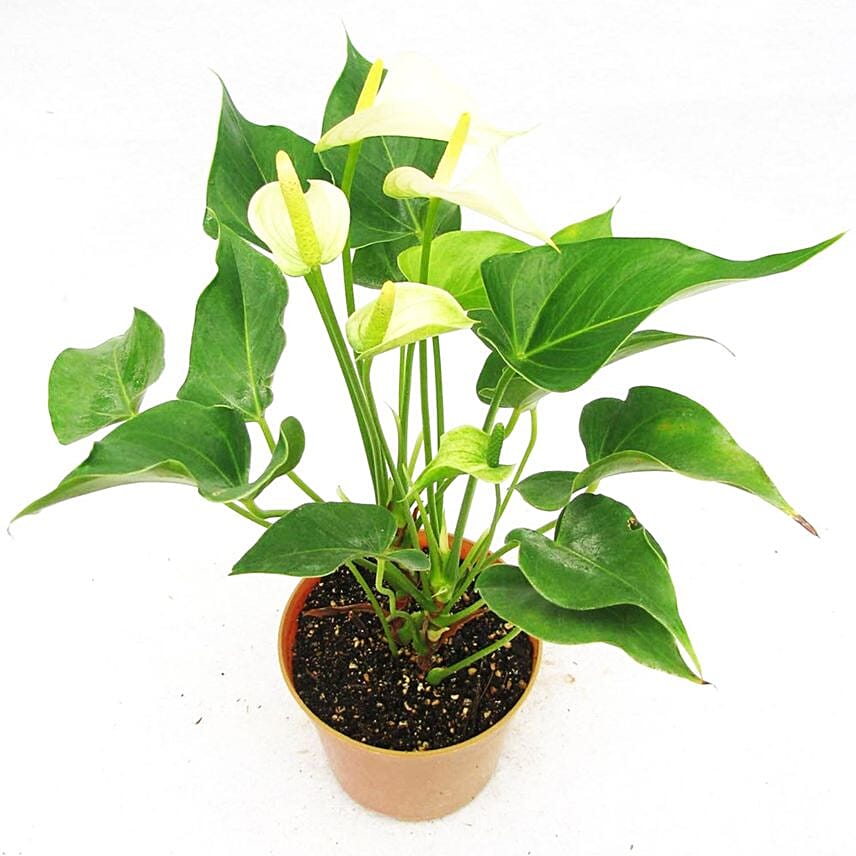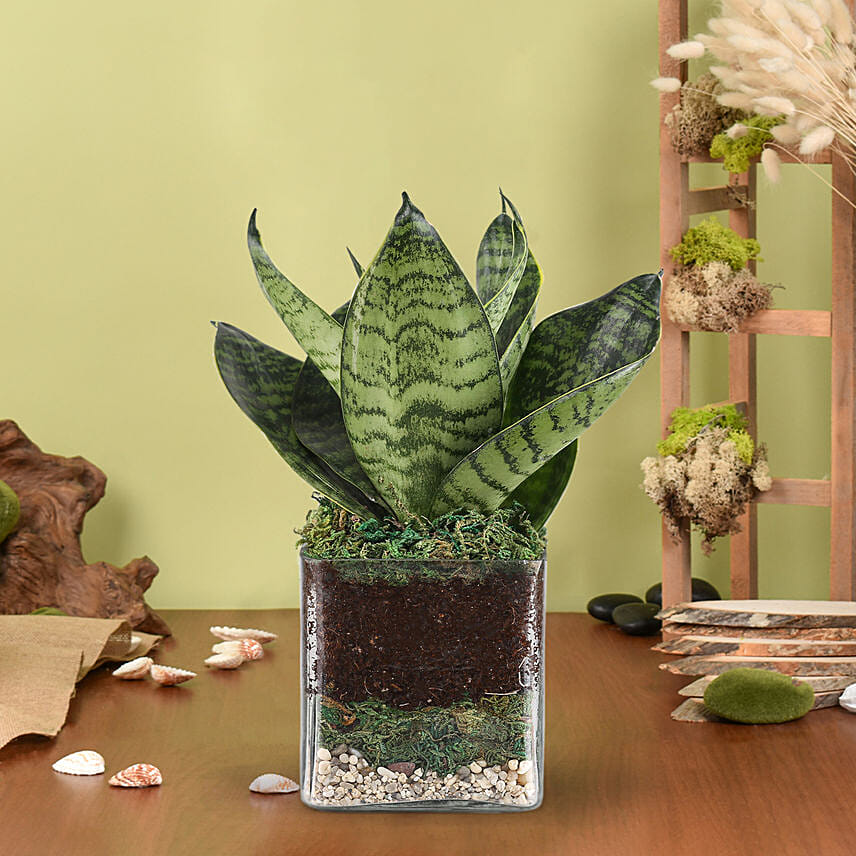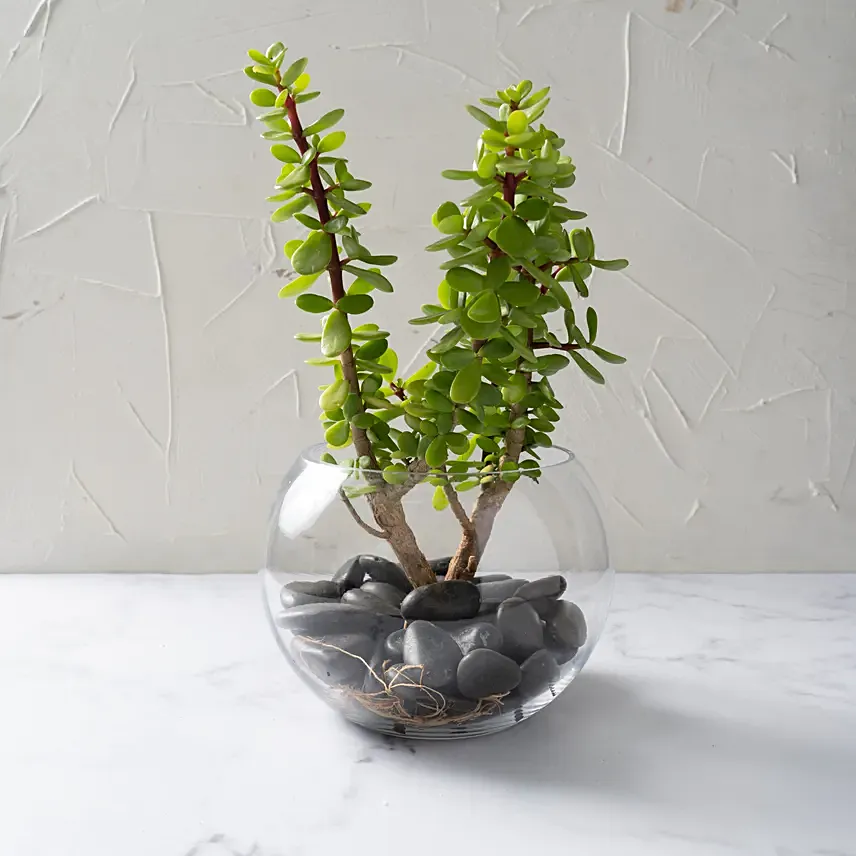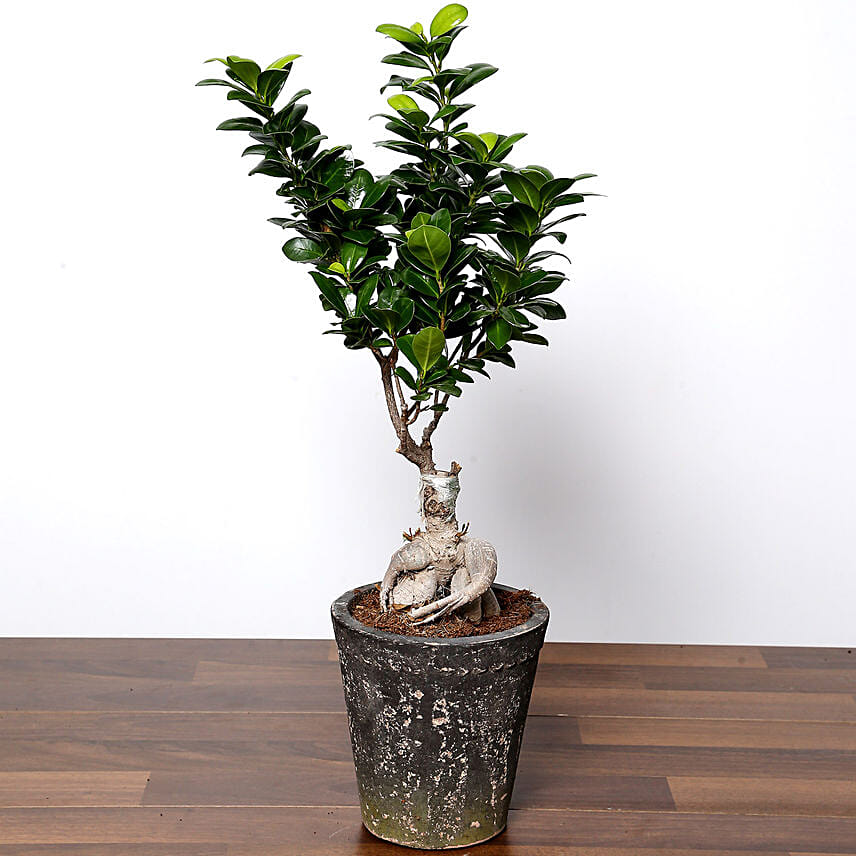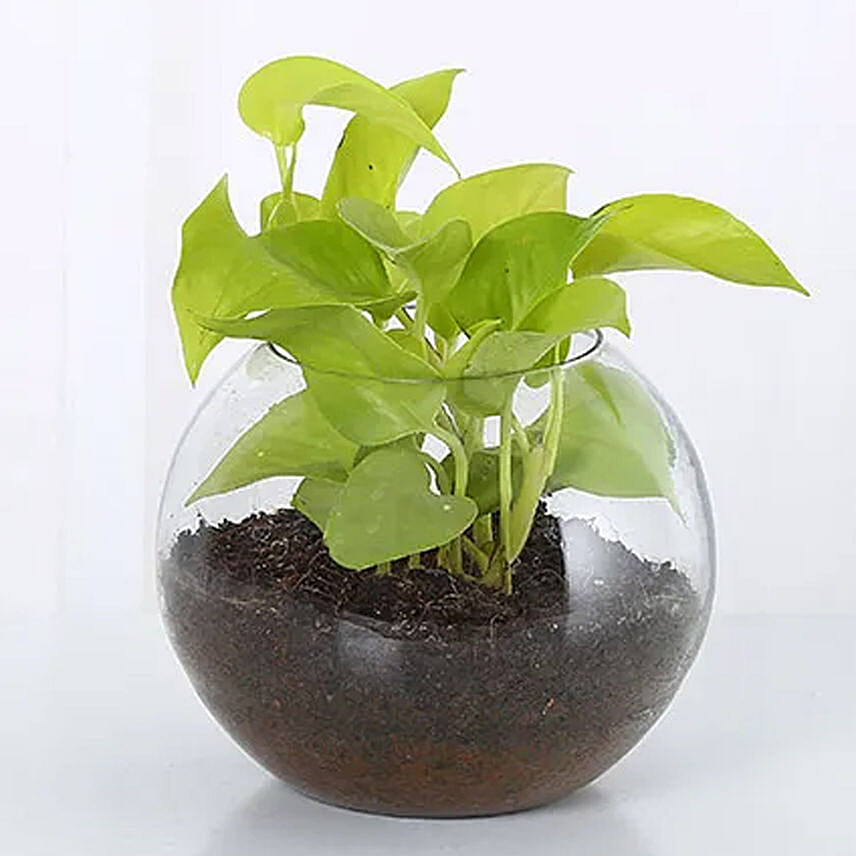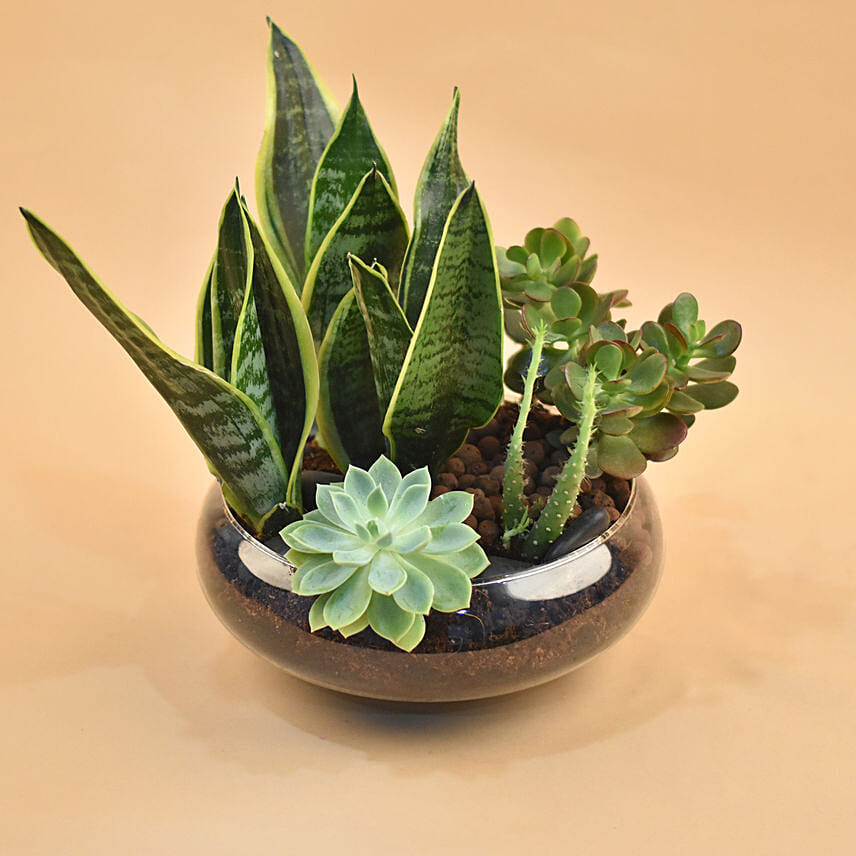5 Watering Tips for Happy, Healthy Plants
- Author: Anushka Published: 01st Sep, 2022
Plants are like babies. They need to be taken care of throughout their lives. From a seed to a full-grown tree, plants need to be nourished and nurtured at each stage. While the methodology of fertilisation, sunlight and pest control may vary, the way of watering the plant will always remain the same. So, here are five watering tips that will help you keep your potted plants happy and healthy -
Choose the Right Pot
The insufficient space in the pot often hampers the overall growth of the plant. So, for the healthy growth of a plant, it is important to give its roots the right amount of space. Also, the pot you choose for your greens must have a well-functioning drainage system since excess water will suffocate their roots.
Water at the Right Time
We generally water the plants during the daytime, however, that is not the healthiest practice to follow. The best time to take out the watering can is either at night or before sunrise. This gives the soil ample time to evenly absorb the water in the pot, preventing the soil from burning during peak sun hours.
Watering from the Bottom
Many misconceptions are associated with plant watering, especially about the right place to water. Even though it is vital to keep the leaves of the plant clean and moist, watering the leaves is a mistake. For fruitful growth, one must put the water directly into the bottom of the soil. You can insert a pipe or a saucer at the base of the pot to channel the water flow from bottom to top. This will encourage the roots to spread deep into the soil, resulting in better growth.
Water by the Clock
All creatures of nature work on a routine, especially the ones still connected to the Earth. Plants are happier when watered as per the routine you set for them. Whether you water them once or twice a week, make sure you do it at a particular time of the day.
Know your Plant Needs
From small terrarium plants to medium-sized shrubs to large trees, every green has its own water needs. These needs may change depending on the nature of the plant, heat, sunlight, humidity, etc. For instance, if it is too hot, your indoor plants may require more intake of water than usual. On the contrary, your outdoor plants may need a few drops of nourishment on a cold and dark day.




